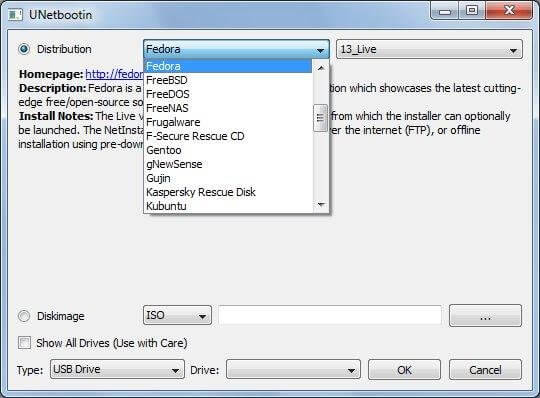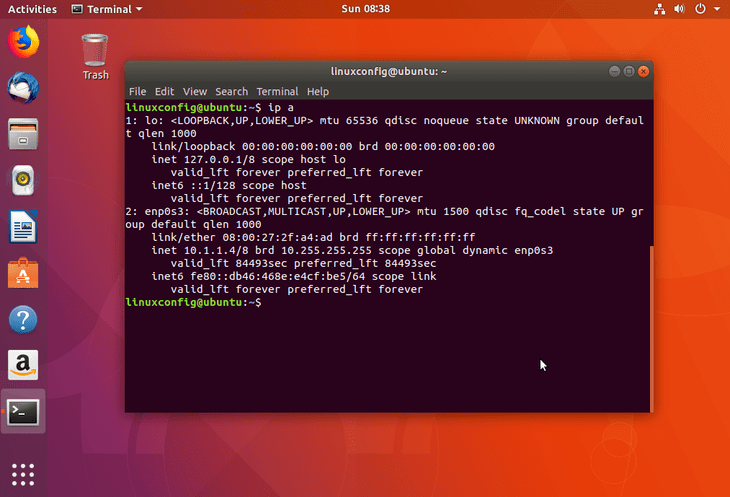

- Create separate partition on ubuntu for mac for mac os x#
- Create separate partition on ubuntu for mac install#
- Create separate partition on ubuntu for mac update#
- Create separate partition on ubuntu for mac code#
- Create separate partition on ubuntu for mac download#

Create separate partition on ubuntu for mac download#
We would encourage Mac users to download Ubuntu Desktop Edition by burning a CD for the time being. If attempting to make a USB drive that can be booted from a Mac, follow the instructions below. The resulting USB drive, however, can be booted on PCs only.
Create separate partition on ubuntu for mac for mac os x#
UNetbootin for Mac OS X can be used to automate the process of extracting the Ubuntu ISO file to USB, and making the USB drive bootable. UNetbootin (Automated, graphical approach)
Create separate partition on ubuntu for mac install#
It would have been so much better if the right thing was done from the start which is to have the Ubuntu install script ask if it can create two partitions in the free space on the disk, one for root of a size between 5-10GB and the rest for /home. Now, I've manually partitioned drives before many times, and I have used gparted with Ubuntu before, but poor vision and caution compells me to approach this gingerly if at all and my complaint is that bad decisions at Cannonical create an unecessary mess for me which I am not happy about. If it did, this would be a trivial matter.Īnd yes I know about the gparted choice at the install, but for the lack of doing something that is at once obvious it puts me in a risky position to have to do partition arithmetic. This whole state of afrairs would be far easier to deal with if you could nuke root and reinstall, but Ubuntu does not keep /home separate. You can easily be left with untrusted packages that are difficult to find and sometimes even imposible to fix just because they are no longer in the repositories. It leaves crap from earlier releases on your disk and it is fragile.

Create separate partition on ubuntu for mac update#
The Software Update will let me upgrade to 12.10, but then I'd have to repeat the process three more times to get to the current LTS version. If you mean Dist-upgrade? I would say that it is unreliable and really works only between LTS releases and not more than that. That way I could erase Ubuntu and start over on the boot disk. I'd like to know if I can create an ext4 partition on such a disk and copy /home to it, or mount it permanently out of /etc/fstab. I know that some USB disks with NTFS are not supported well on Ubuntu because POSIX standards are not fully iimplemented. I am going to try to move /home to a USB disk. On my current 12.04 install I am getting failures in Software Center with "Untrusted Packages". I have been forced to copy installs from earlier Ubuntu versions back to 8.10 because after committing to the single partition install, I have had to rescue my fiiles from corrupted upgrades, It would be better to just newfs the root and reinstall being sure that /home was mounted elsewhere. A simple and intelligent set of decisions could be made with the free space to set enough of it in a root partition and the rest in a separate partition for /home

Forcing users to the complexity of gparted is bad policy. Having /home on a separate partition would make the re-install less risky for the user's files. The reason is that the install/upgrade process in unrelaibile enough that the system needs a complete re-install even before the LTS limit. This is a policy opinion that Connonical should change the install policy to allow for a simple use of free space as two partitions instead of just one. The CSS on /r/Ubuntu is an on going development keeping up to date with the latest Ubuntu Unity theme.Īdditionally, feel free to message us if your (non-spam!) link/post is accidentally trapped in our spam filter, and we'll sort it out. Members are distinguished by a small Ubuntu logo next to their names, Canonical employees by a purple "O", a portion of Canonical's logo. Ubuntu Members and employees of Canonical have emblems next to their names, indicating their affliation.
Create separate partition on ubuntu for mac code#
Please refer to the Ubuntu Code of Conduct.


 0 kommentar(er)
0 kommentar(er)
